The avian breeding season is winding down. Even a few southbound shorebirds will trickle through the region this month on their “fall” migration. But as the dawn bird chorus now fades from northern woodlands, fields and wetlands erupt in the sparkle and drama of summer insects. Here’s a short guide to some of the other glitter now on the wing.
National Moth Week
National Moth Week celebrates the beauty, life cycles, and habitats of moths. “Moth-ers” of all ages and abilities are encouraged to learn about, observe, and document moths in their backyards, parks, and neighborhoods. Held worldwide during the last full week of July, National Moth Week offers everyone, everywhere a unique opportunity to become a citizen scientist and contribute information about moths. Through partnerships with major online biological data depositories, participants can help map moth distribution and provide needed information on other life history aspects around the globe. Here at VCE we map moth distribution throughout the year on iNaturalist Vermont, a project of the Vermont Atlas of Life. We encourage you to add your photographs of moth too.
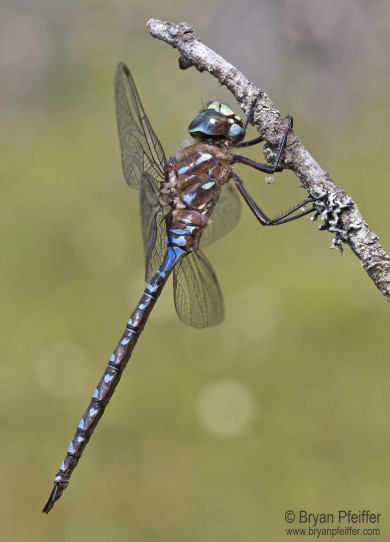
The borken (interrupted) thorax stripes on this darner reveal it to be a Variable Darner (Aeshna interrupta). / © Bryan Pfeiffer
Getting Diagnostic with Darners
They are the big, showy dragonflies of summer — cruising wetlands, beaver ponds and backyard ponds with all the audacity of an ancient predator. Darners flash their pastel blues, greens and yellows from now through fall.
Vermont has no fewer than 10 species of these “mosaic darners” in the genus Aeshna, some quite rare and others fairly cosmopolitan.
But we can always learn more about the distribution of these darners. And for the wonderful citizen naturalists who contribute their sightings to the Vermont Atlas of Life Damselfly and Dragonfly Atlas (through our iNaturalist portal or on Odonata Central), the best way to identify a mosaic darner is with a lateral image of the thorax. The profile is what counts. Every darner can be identified this way, and not always with a dorsal photograph. So please try to “shoot” your darners from the side. The photo-observation curators at the Vermont Atlas of Life will be grateful.
Life and Death on a Water Lily
At the height of summer many ponds are covered in lily pads with beautiful white or yellow flowers spread across the surface. Moose munch on them. Beaver and muskrat devour them. Deer consider them delicious. But peer a little closer and you’ll find an amazing miniature world inhabiting each floating leaf. Here’s a report from the ponds.
July Perennials
Three plants serve as a backdrop for three natural history events not to be missed here in the Northeast each July. So consider this your annual reminder to seek out drama among the petals:
The Milkweed Flower Trap
Although it is by no means a carnivorous plant, Common Milkweed can be a killing field for small insects. Take the saga of a European Skipper, a tiny orange butterfly now on the wing. With its foot stuck in a milkweed flower like a Chinese finger trap, the skipper was struggling to free itself. On another flower nearby only a leg remained from a previous struggle. Survey enough milkweed flowers and eventually you’ll find a few dead insects, usually small species, left dangling from a leg or two. Here’s a full report from a field full of milkweed.
The Primrose Ruse
Like most of you. Bryan Pfeiffer likes to spend his summer leisure time contemplating the tongue of the Primrose Moth. Okay, it’s not exactly a tongue. Butterflies and moths have a straw-like proboscis that they coil like a watch spring and unfurl to suck nectar from flowers (and essential minerals from mud or scat). The Primrose Moth’s proboscis is about half the length of its body. That anatomy alone might be enough to generate interest in this insect. But now consider that the Primrose Moth is Pepto-Bismol pink with a lemony margin at the tips of its wings. In that pink presentation and probing proboscis, the Primrose Moth offers us a lesson in form, function and evolution. Read more on Bryan’s blog.
The Most Elegant Plant in the Woods
In the company of a Cape May Warbler, you might not notice the diminutive bloom at your feet. As you search for Moose, you might very well step upon this unassuming wisp of green and pink. Yet in the struggle for stature, this tiny plant might find no greater sponsor than biologist Carl Linnaeus. The father of modern taxonomy had a fondness for Twinflower. But it shouldn’t take the guy who brought order to nature to bring you to this elegant plant. Head for damp evergreen woods this summer. And when you find it, Twinflower will bring you to your knees. Bryan reports on his blog.
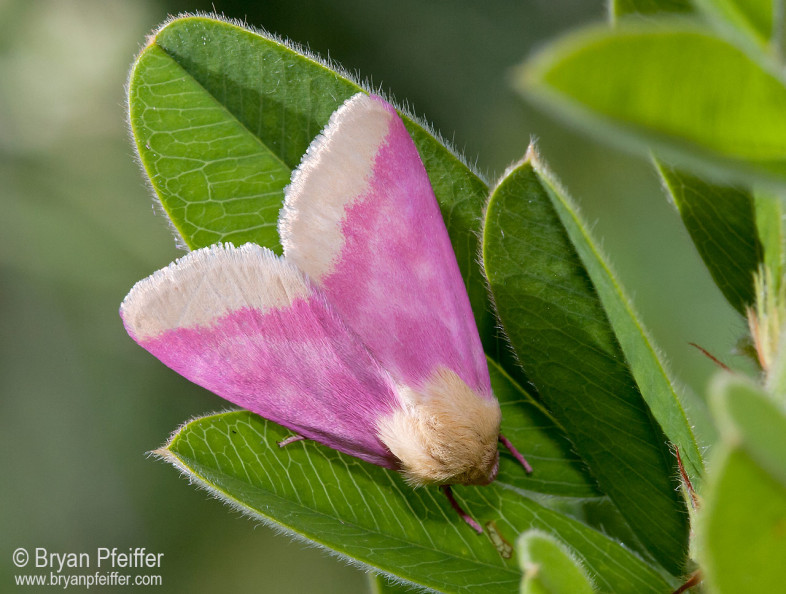
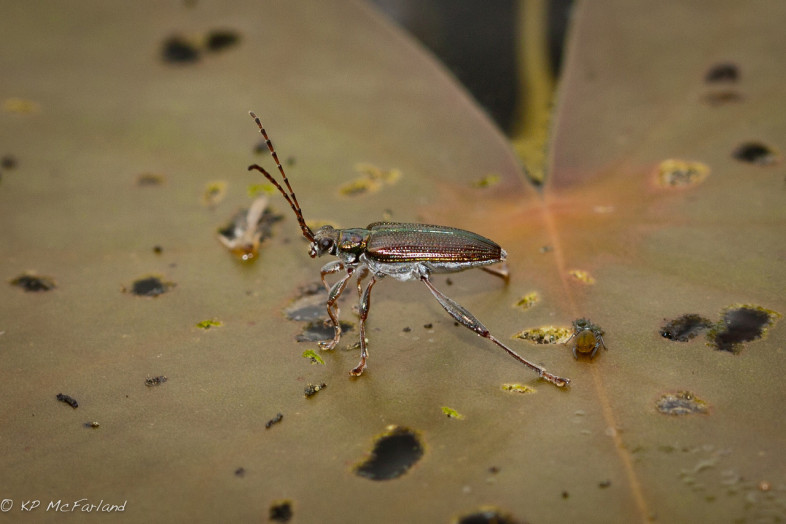
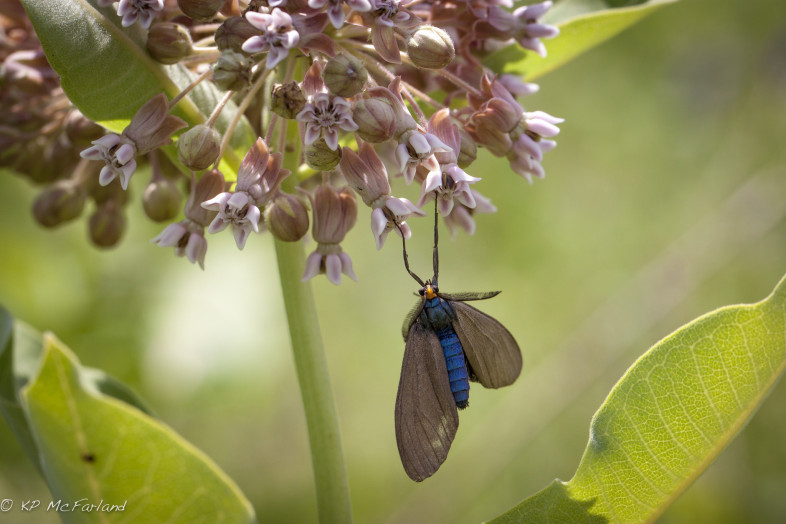
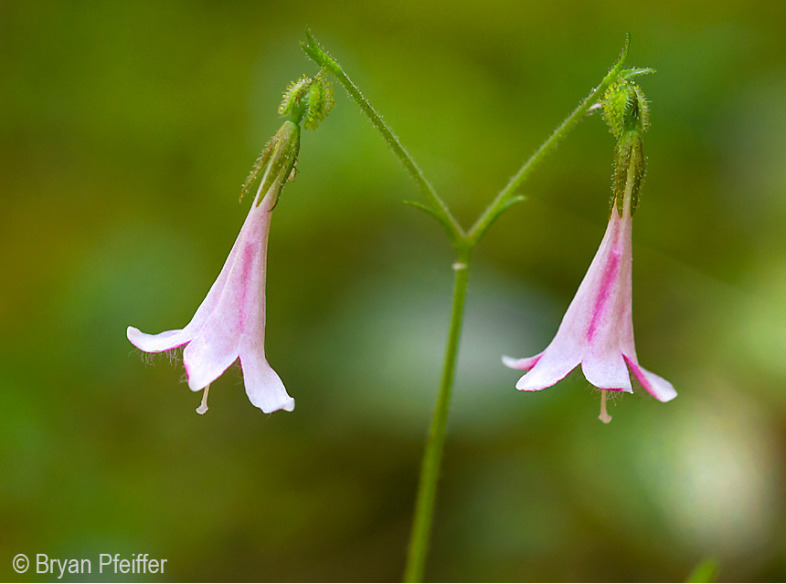

Thanks folks! I LOVE these monthly field guides. They are absolutely fantastic. Cheers.
Would be fun to go to a NBNC Moth Night…..or have our own!
swerntgen – if you are planing to have a Moth Week event – please register at http://www.nationalmothweek.org. Your event will be added to the map!
NBNC – we could publish a blog post about your NMW event. Please contact me thru the website or to .
Happy mothing!
Liti
NATIONAL MOTH WEEK co-founder